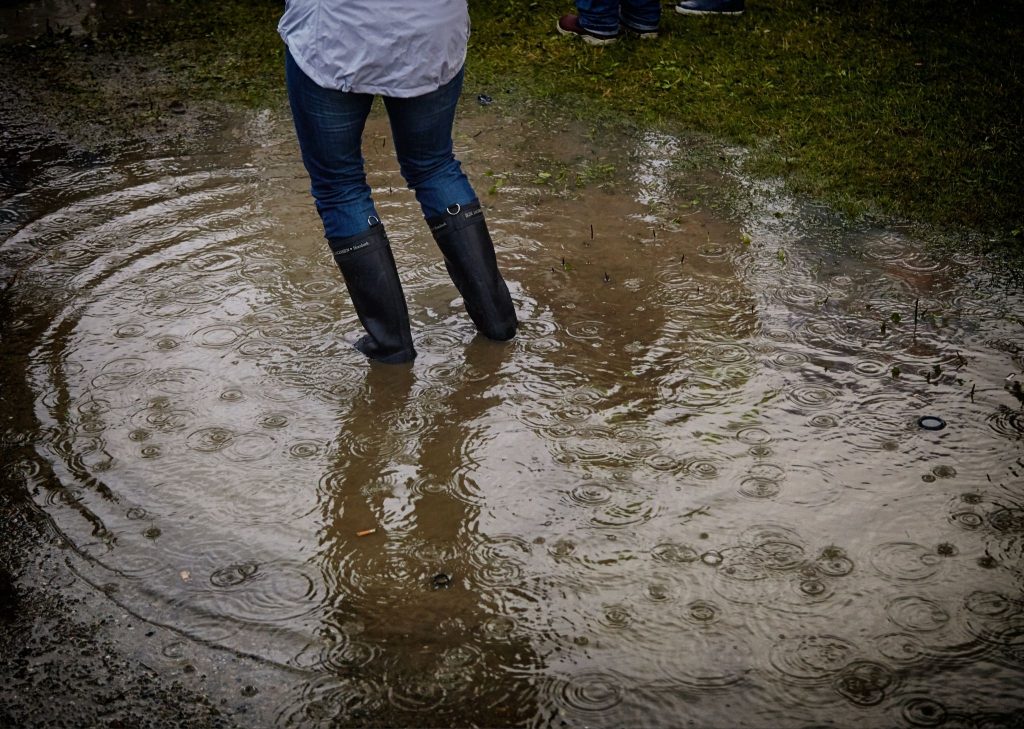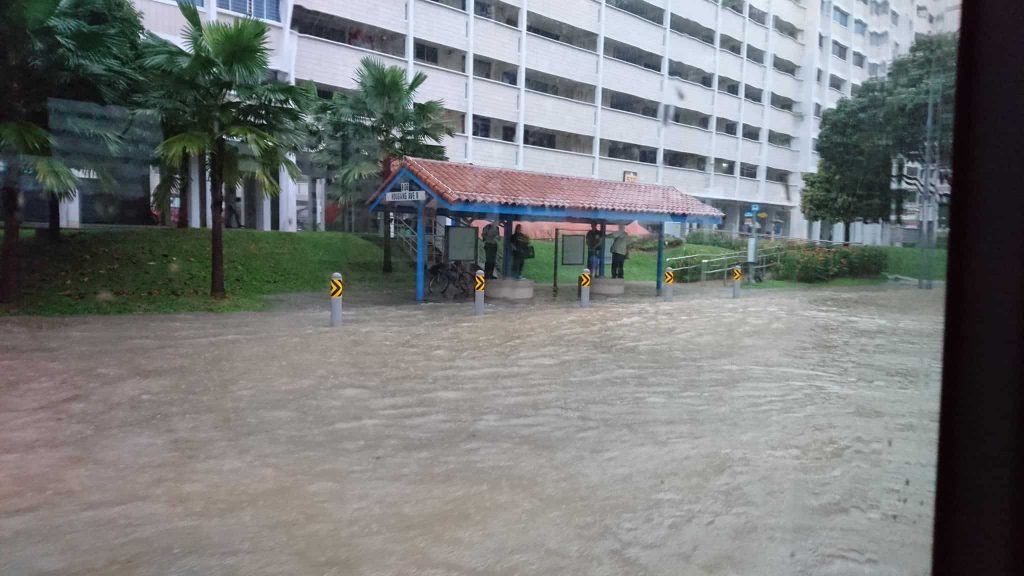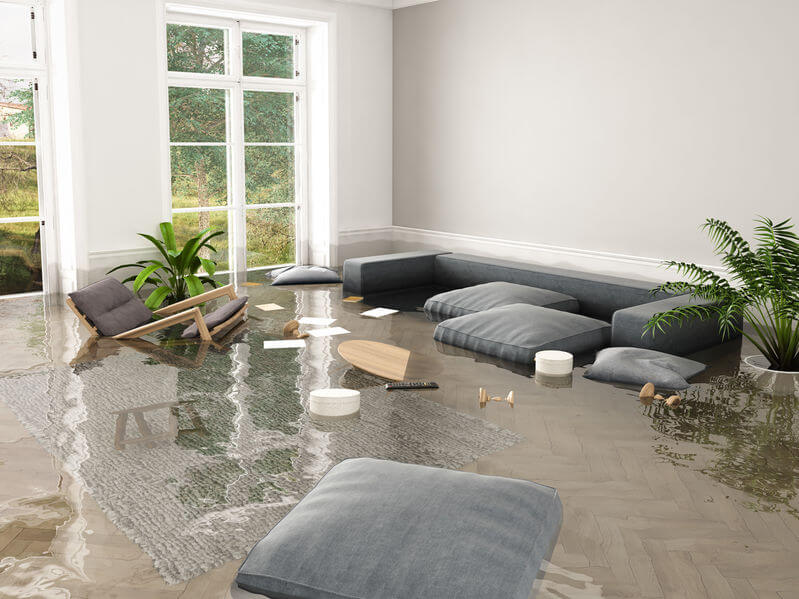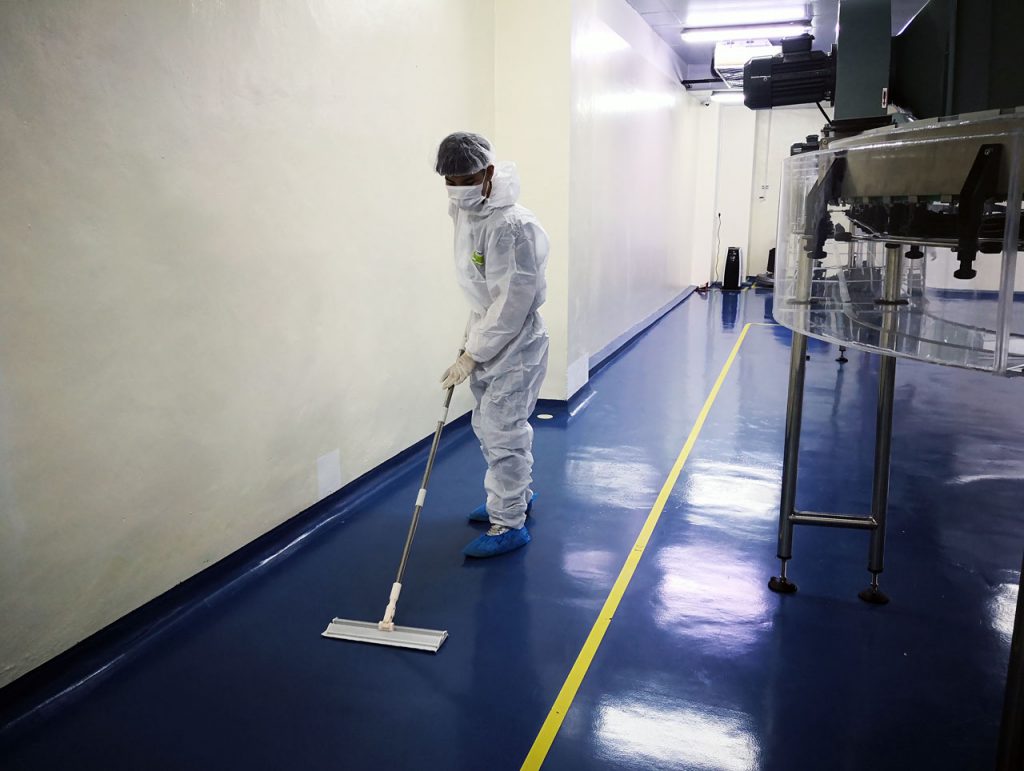Let us look at how Flash Floods affects your home or business and the importance of restoring water damage.
Flash floods have become common in Singapore today. Over the years, Singapore has had 73 days of flash floods, with the most recent occurrence being on August 24 2021. Rainfall has reached an all-time high of 247.2mm, which is 40% more than the previous record set in August 1983. Flooding may be disastrous to your property, causing irreversible damage to your house or company buildings if not cleaned up as quickly as possible.
This article will go deeper into the magnitude of flood damage, who to contact for flood damage repair, and what services are employed to remove excess water.

What causes Flash Flood?
Flash floods occur within a few minutes or hours of excessive rainfall, overflowing river, and climate changes, which typically subsides within an hour.
What happens to the water after the Flash Flood?
Some will be soaked up by the ground, some will get stuck in dams and lakes, some will be evaporated off and some will be sucked up by the plants in a process called evapotranspiration.
The aftermath of Flash Flood
Floods can cause extensive damage to structures in a variety of ways, and a multitude of circumstances will eventually decide the entire degree of the damage. These considerations include the amount of time that portions of a structure remain submerged, the exact materials used to construct fixtures, fittings, other contents, and even the building itself, as well as the temperature of the flood water. Keeping this in mind, various parts of a structure are likely to be affected differently.

Below, let’s take a look at the 4 types of damage Flash Flood can cause to buildings.
Water penetration
1. Water Damage
Water damage includes more than just obvious excess water; it also includes water penetration in porous building materials and items within the interior environment. If left untreated, it can lead to other problems such as mold infestation and odor issues, which can be harmful to the building structure and pose a number of health risks.
Flooring
2. Swell, cracked, and misshapen appearance
When wood flooring becomes wet, it begins to absorb the water. This causes it to enlarge, fracture, and seem deformed and malformed. Fabric goods may dry without harm, but because carpet traps the water beneath, it is probable that it will need to be removed.
Furniture
3. May lead to rust
Because most cabinets, closets, wardrobes, and doors are composed of wood or metal, prolonged contact to water is likely to cause damage. If there are any layers on the wood, they will likely become loose and break off, and if the wood is laminated, the outward look will degrade. Continued contact with water may cause rust on metal furniture and other goods.
Appliances
4. Electricity should be turned off
Due to the electrical and mechanical elements in these items, contact with water could lead to appliances being completely broken beyond repair. All electrical appliances should be handled with care and the mains electricity should be turned off before attempting to move or operate them.
After a flooding has occurred, it’s important that all traces of water are removed as quickly and thoroughly as possible. By acting in this way, the chance of more serious structural damage happening or mold growing is significantly reduced and the process of the affected areas starting to dry can begin.
What to Do If Your Home Floods
Residents on the bottom level or in landed property are the most vulnerable to flooding, but even those on upper floors may be affected if there is seepage or run-off into the property or hallway.
If it begins to rain severely and you believe your home may flood, the first thing you should do is disconnect any electrical equipment or switch off the power altogether. You don’t want to start a power struggle.

Flood Damage Restoration: Best Flood Damage Cleanup Company In Singapore 2022
Once flooding starts in your home, do not attempt to pull out any plugs in areas that are already wet as you might be electrocuted. Instead, you should turn off the power via the fuse box.
You also want to move your belongings in affected areas to higher spots in the home, particularly those that are valuable or risk water damage. If your home does not have an upper floor, you can perch your items on top of furniture.
If you notice fire or sparks at any time, call 995 immediately and evacuate your home if it is possible to do so safely.
If you have suffered any insurable damage, contact your insurer as soon as you can after the damage occurs to inquire about how to make a claim. You should record evidence of the flood and damage through photos and retain any necessary documents such as receipts for submission to your insurer.
Once the rain has stopped, you can start to drain your home, open the windows and clean up the mess. Don’t forget to take stock of the damage and take photos to submit to your insurer before restoring your home to its former state.

After flooding has occurred, it’s important that all traces of water are removed as quickly and thoroughly as possible. By acting in this way, the chance of more serious structural damage happening or mould growing is significantly reduced and the process of the affected areas starting to dry can begin.
Flood water extraction is a method of removing water from a flooded area. There are a number of different tools for carrying out this process depending on the specific circumstances of the flood. For instance, industrial strength vacuums are frequently used to remove the water, but if there’s a significant amount of water, pumps may be needed to remove water at higher volumes. Other tools and devices that may be used for the extraction of water include infrared cameras for finding hidden water within walls and ceilings, and moisture detectors for gauging the extent of damage.
Engage Lumiair If You’re Encountering Flood Damage For Water Damage Restoration
Our professional team of disinfection and decontamination experts can handle a wide variety of deep cleaning tasks for flood damage cleanup. Whether it’s for your home or office, Lumiair is a professional cleaning company that will make sure to get the job done. Get in touch to find out more about our services.




